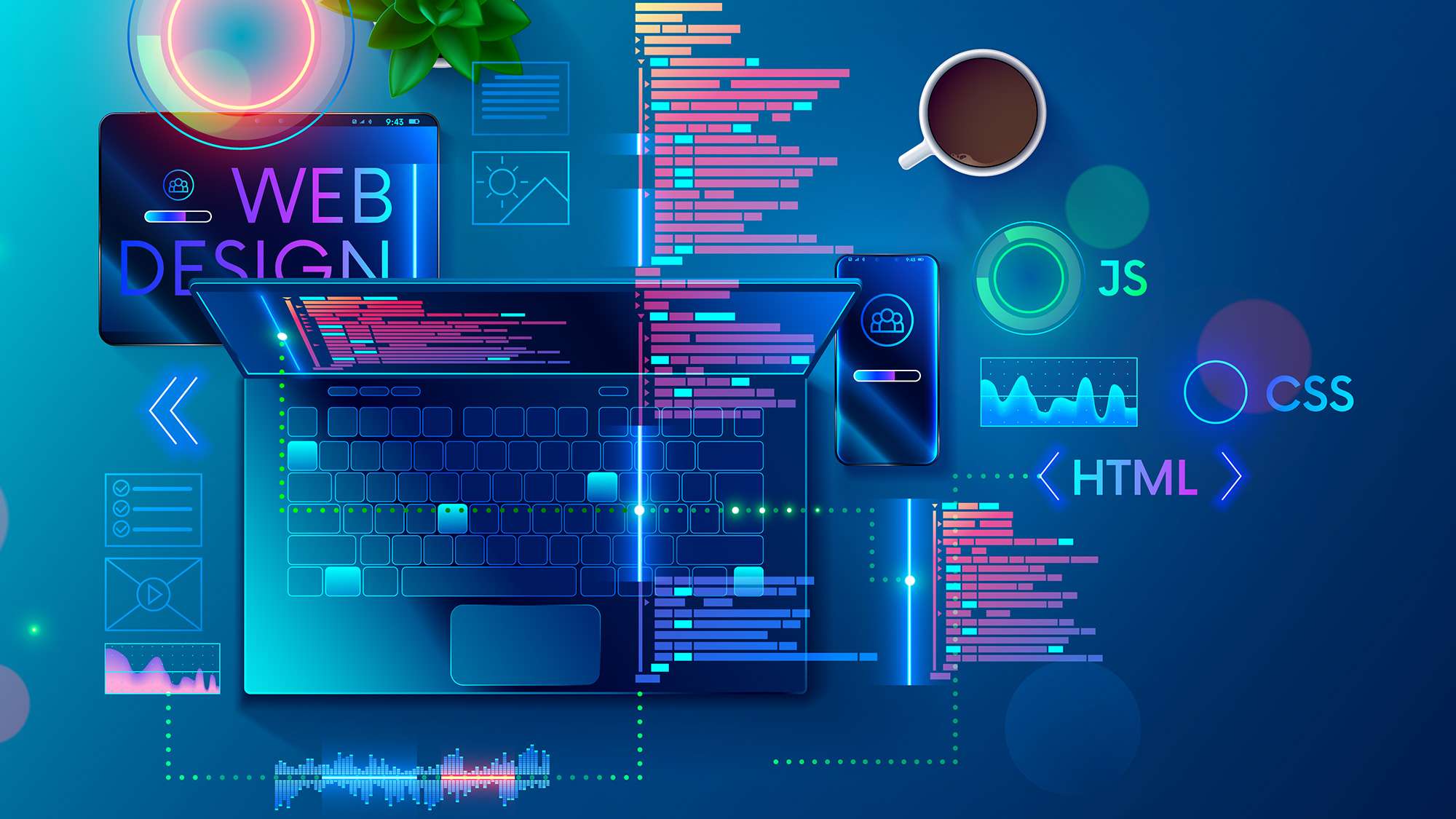The Best Guide to Creating Effective and Engaging Web Design
The Best Guide to Creating Effective and Engaging Web Design
Blog Article
The Comprehensive Guide to Crafting Visually Appealing and Functional Web Style That Fulfills User Demands
In today's digital landscape, the significance of crafting web layouts that are both useful and aesthetically enticing can not be overemphasized. By prioritizing user-centered layout concepts, developers can develop experiences that not just attract however additionally retain user passion.
Recognizing User-Centered Style
At the heart of reliable web design lies the concept of user-centered design, an ideology that focuses on the demands, preferences, and behaviors of customers throughout the advancement procedure. This approach involves comprehensive research study to understand the target audience, guaranteeing that the final product resonates with its intended users. By incorporating user responses at every stage, developers can develop user interfaces that are not only visually appealing yet likewise useful and intuitive.
User-centered layout highlights compassion, requiring designers to tip into the users' footwear and consider their viewpoints. Methods such as user characters, trip mapping, and use screening are employed to identify pain factors and possibilities for enhancement. This repetitive procedure allows for constant refinement, as developers adapt to progressing user demands and technological developments.
Including user-centered style results in boosted user complete satisfaction and interaction, inevitably resulting in greater conversion rates and brand name commitment. It fosters a collective setting where stakeholders, consisting of developers, designers, and individuals, work with each other to achieve a common vision. By placing individuals at the leading edge of the design procedure, organizations can create websites that not just meet service objectives yet also give meaningful and satisfying experiences for individuals.
Secret Concepts of Visual Layout
Reliable visual style functions as the foundation for producing straightforward and engaging internet sites. It includes a number of key principles that guide developers in crafting visually pleasing and functional interfaces.
First, equilibrium plays an important function in accomplishing visual consistency. Developers need to distribute aspects uniformly across the layout to avoid frustrating customers. This can be accomplished through symmetrical or unbalanced style methods.

Furthermore, placement is crucial for arranging information. Constant positioning of message and images promotes a clean design, boosting total navigation and individual experience.
 Proximity additionally adds to visual clearness. Grouping associated things together help customers in recognizing the partnership between different aspects, making the user interface more intuitive.
Proximity additionally adds to visual clearness. Grouping associated things together help customers in recognizing the partnership between different aspects, making the user interface more intuitive.Finally, uniformity in layout components, such as styles, font styles, and shades, reinforces brand identification and helps users navigate the website a lot more effortlessly. By integrating these essential concepts of visual style, web developers can produce interfaces that are not just aesthetically enticing but user-centered and also practical.

Relevance of Responsive Style
Receptive layout is a crucial facet of modern-day web growth, making certain that sites work perfectly across a selection of devices and display sizes. As the net landscape advances, the variety of devicesâEUR" varying from smartphones to tablet computers and desktop computersâEUR" demands a style approach that suits all individuals.
Implementing receptive style permits for a versatile format that instantly adjusts based upon the individual's screen dimensions. This flexibility not just improves ease of access however likewise enhances usability, as users can communicate and navigate with the website easily, despite their gadget.
Furthermore, search engines like Google focus on mobile-friendly web sites in their ranking algorithms. A responsive layout can substantially boost a More Help site's SEO performance, inevitably driving even more traffic and enhancing exposure.
In addition, receptive design reduces the demand for keeping multiple versions of a web site, simplifying updates and content management. This effectiveness converts into cost financial savings and an extra cohesive brand name experience throughout platforms.
Enhancing User Experience
User experience (UX) is a crucial component of website design, affecting how site visitors communicate with a website and perceive its worth. A well-crafted UX ensures that customers can navigate great post to read without effort, find information quickly, and achieve their objectives successfully. The layout must consider the individual's journey, from the moment they come down on the website to the conclusion of their desired activity, whether that be making a purchase, enrolling in an e-newsletter, or accessing details.
Key aspects that improve UX include clear navigating, responsive formats, and engaging aesthetic material. Consistency in design components such as typefaces, shades, and buttons promotes experience, making the website really feel natural. In addition, optimizing load times is important; individuals are much less likely to remain on a website that is slow to react.
Including access attributes ensures that all individuals, including those with impairments, can connect with the website seamlessly. User-centric style principles should guide content company, providing appropriate details in a sensible structure. web design. By prioritizing user needs and choices, internet designers can create experiences that are not only visually enticing however likewise practical, inevitably fostering user fulfillment and loyalty
Examining and Repeating Styles
Examining and iterating styles are basic procedures that follow the first development of a site, making sure that the user experience remains at the forefront of any kind of modifications. These stages entail collecting customer comments, assessing style efficiency, and making educated modifications to boost use and involvement.
Functionality screening enables developers to observe genuine users as they connect with the internet site, recognizing discomfort points and areas for enhancement (web design). Individual surveys can provide qualitative insights, capturing user views and preferences.
Constant model promotes an adaptive layout approach, go to website where the internet site develops in feedback to user habits and responses. By committing to strenuous screening and iteration, designers can create a web site that not just meets visual criteria however additionally delivers a seamless and satisfying customer experience.
Final Thought
Finally, effective web style demands the assimilation of user-centered principles, vital aesthetic design aspects, and responsive frameworks to create interesting user interfaces. By prioritizing individual requirements and implementing continual screening and model, designers can fine-tune their developments to enhance general contentment. The commitment to these practices not only promotes an aesthetically enticing visual however additionally ensures capability across diverse tools, ultimately adding to a favorable user experience and increased involvement.
By prioritizing user-centered style concepts, designers can develop experiences that not only draw in however likewise keep individual interest.At the heart of efficient web layout lies the concept of user-centered design, an approach that focuses on the needs, choices, and actions of individuals throughout the advancement process. By putting users at the center of the design procedure, companies can produce internet sites that not just fulfill business goals but also provide satisfying and purposeful experiences for users.
By prioritizing customer requirements and choices, web developers can produce experiences that are not just visually enticing but likewise useful, eventually fostering user complete satisfaction and loyalty.
Customer studies can supply qualitative insights, capturing individual views and preferences. (web design)
Report this page